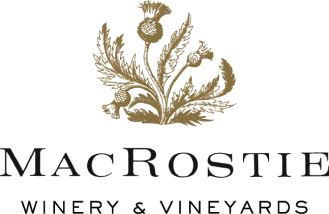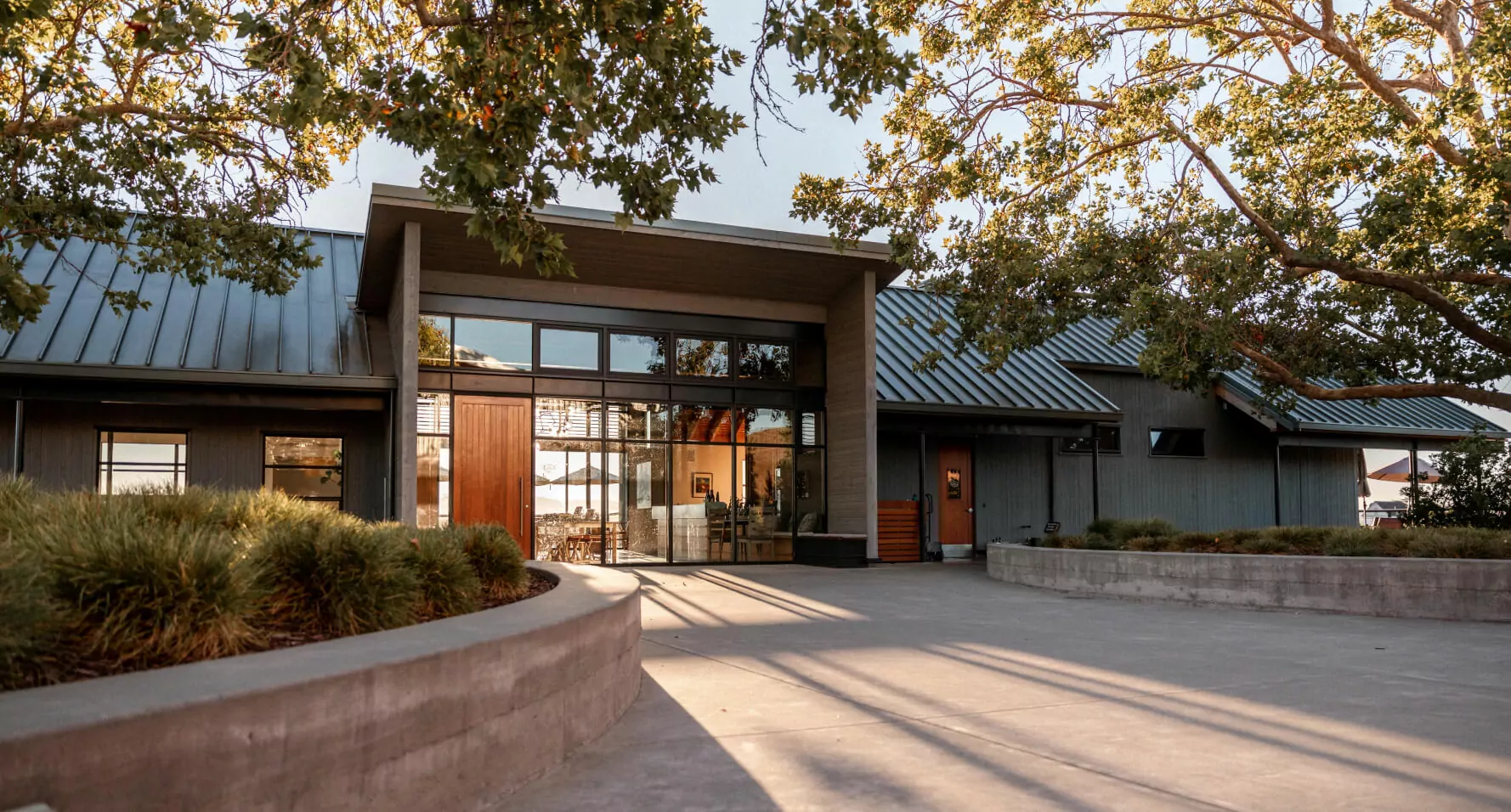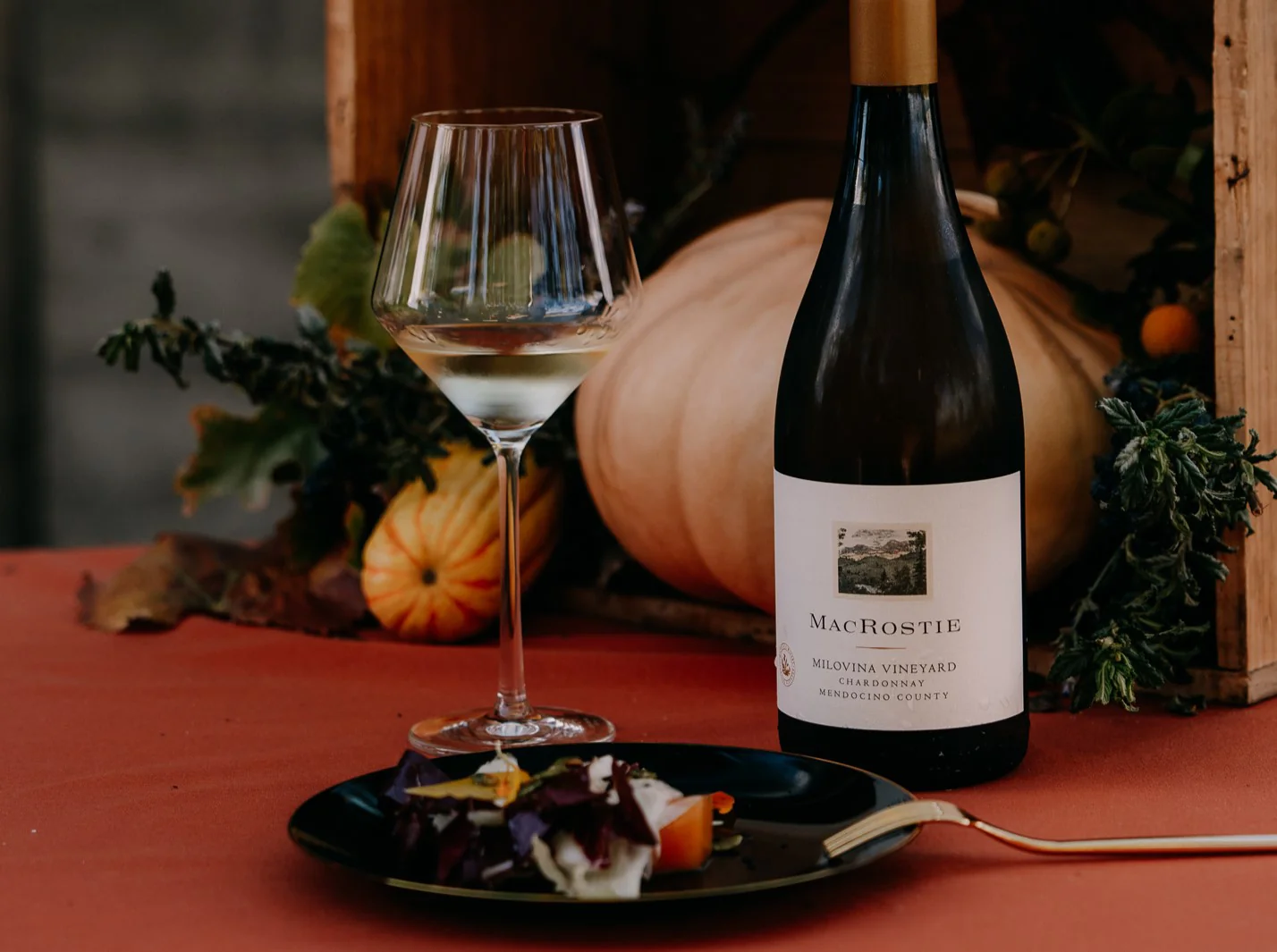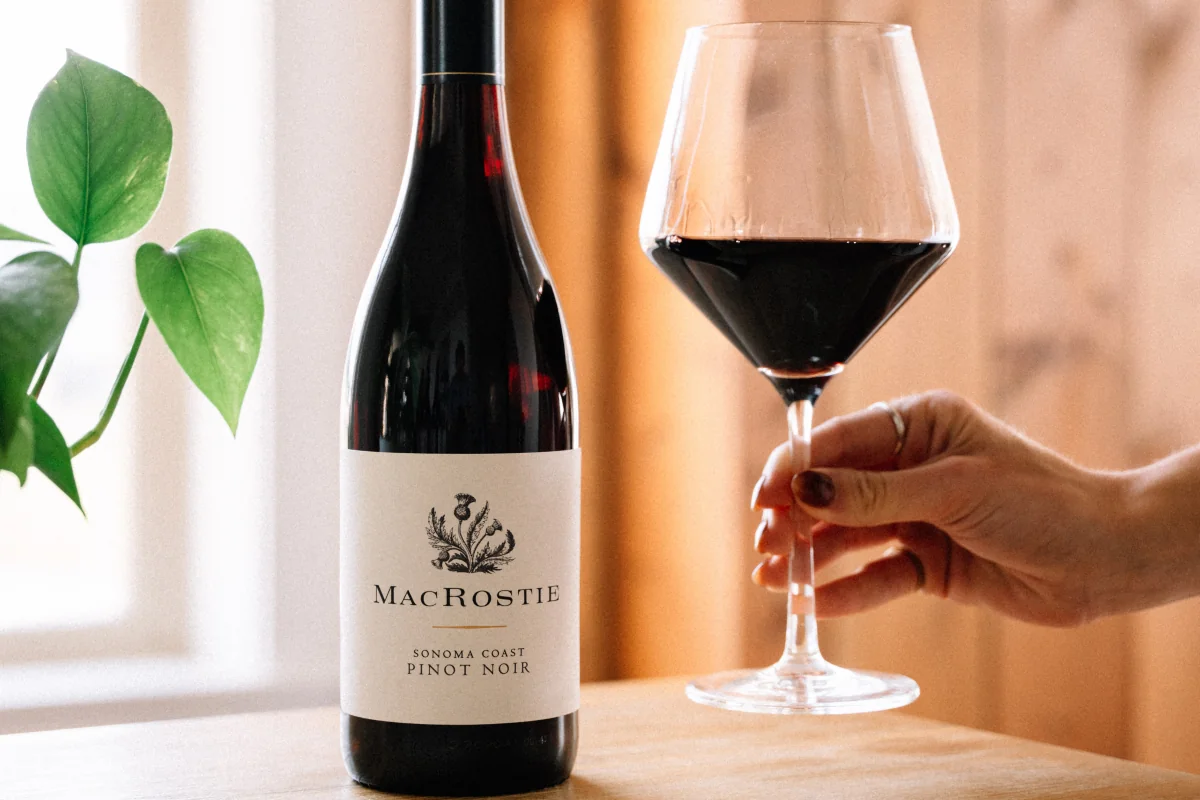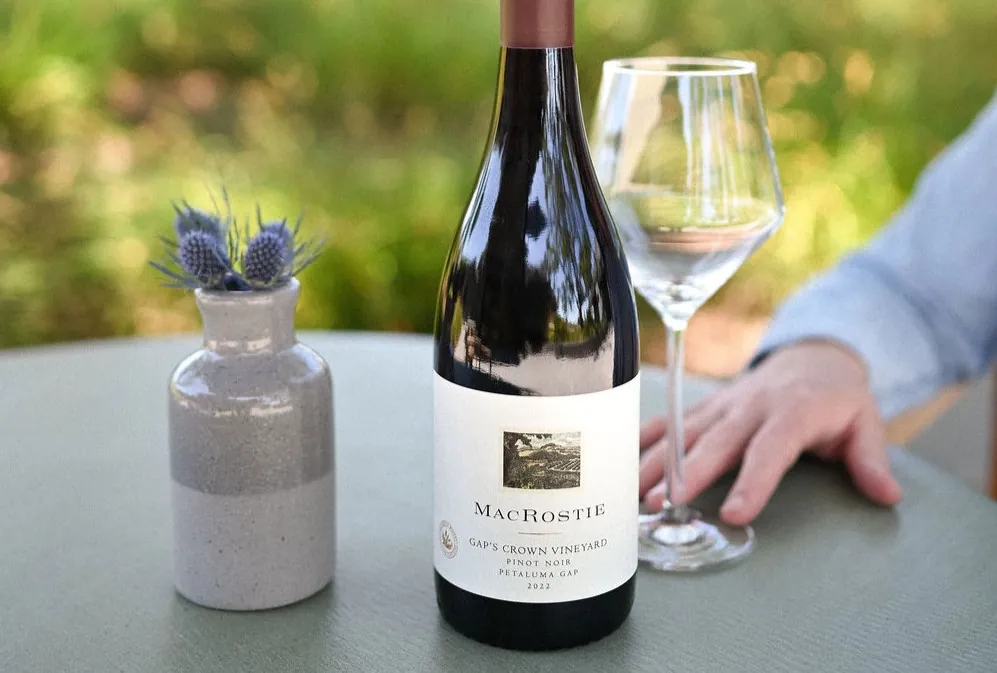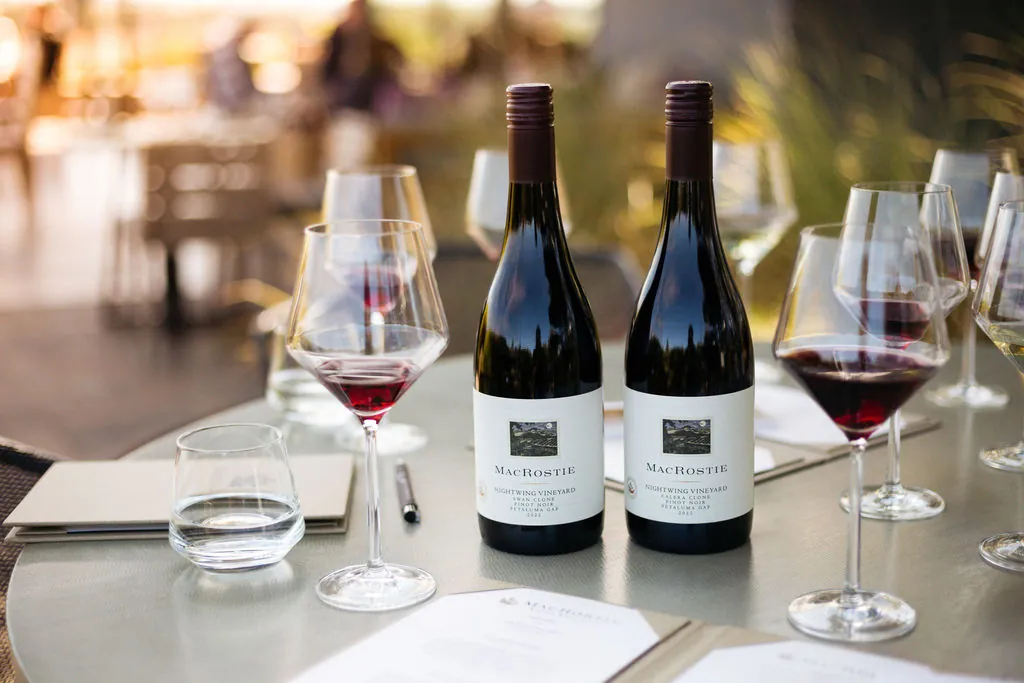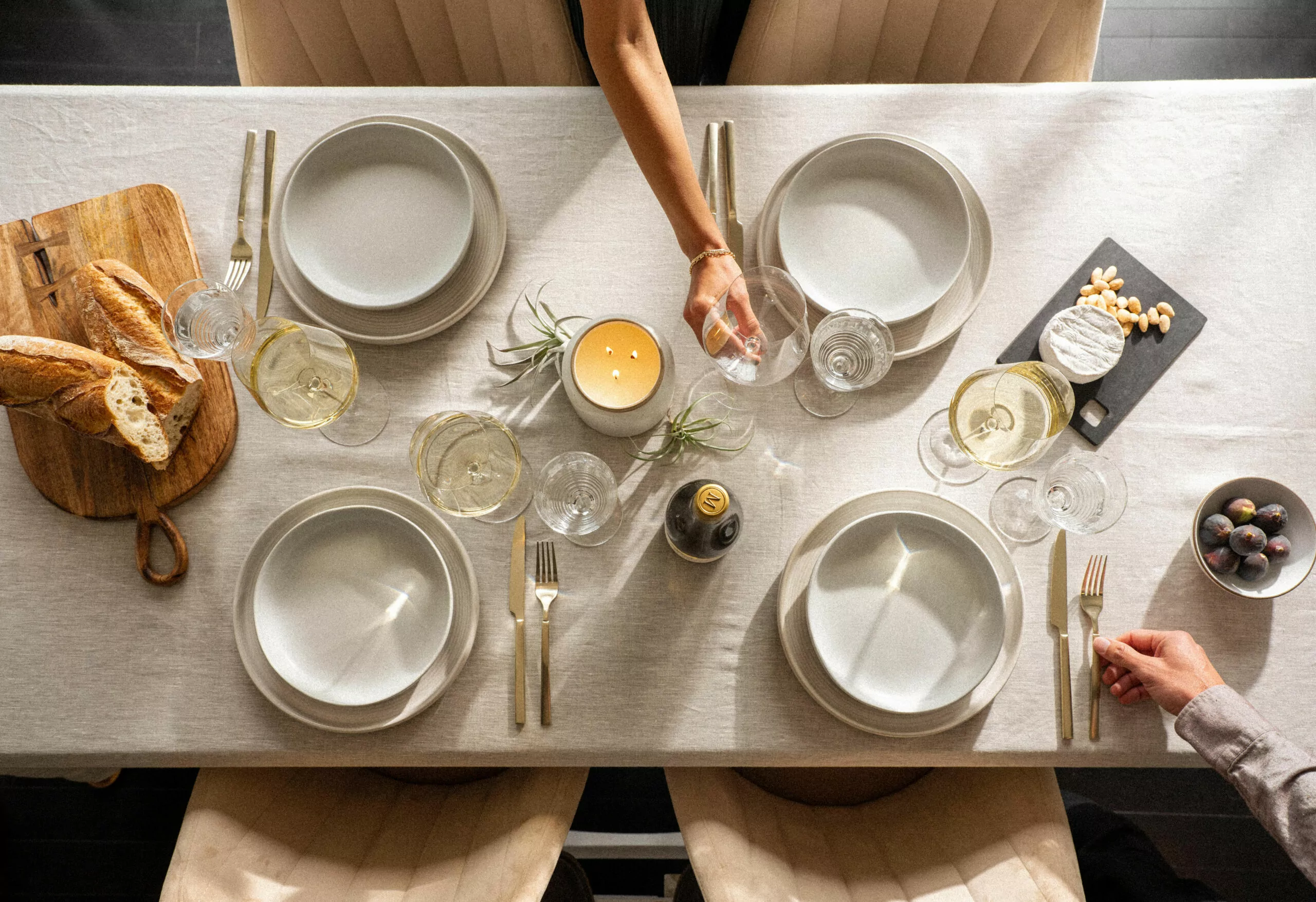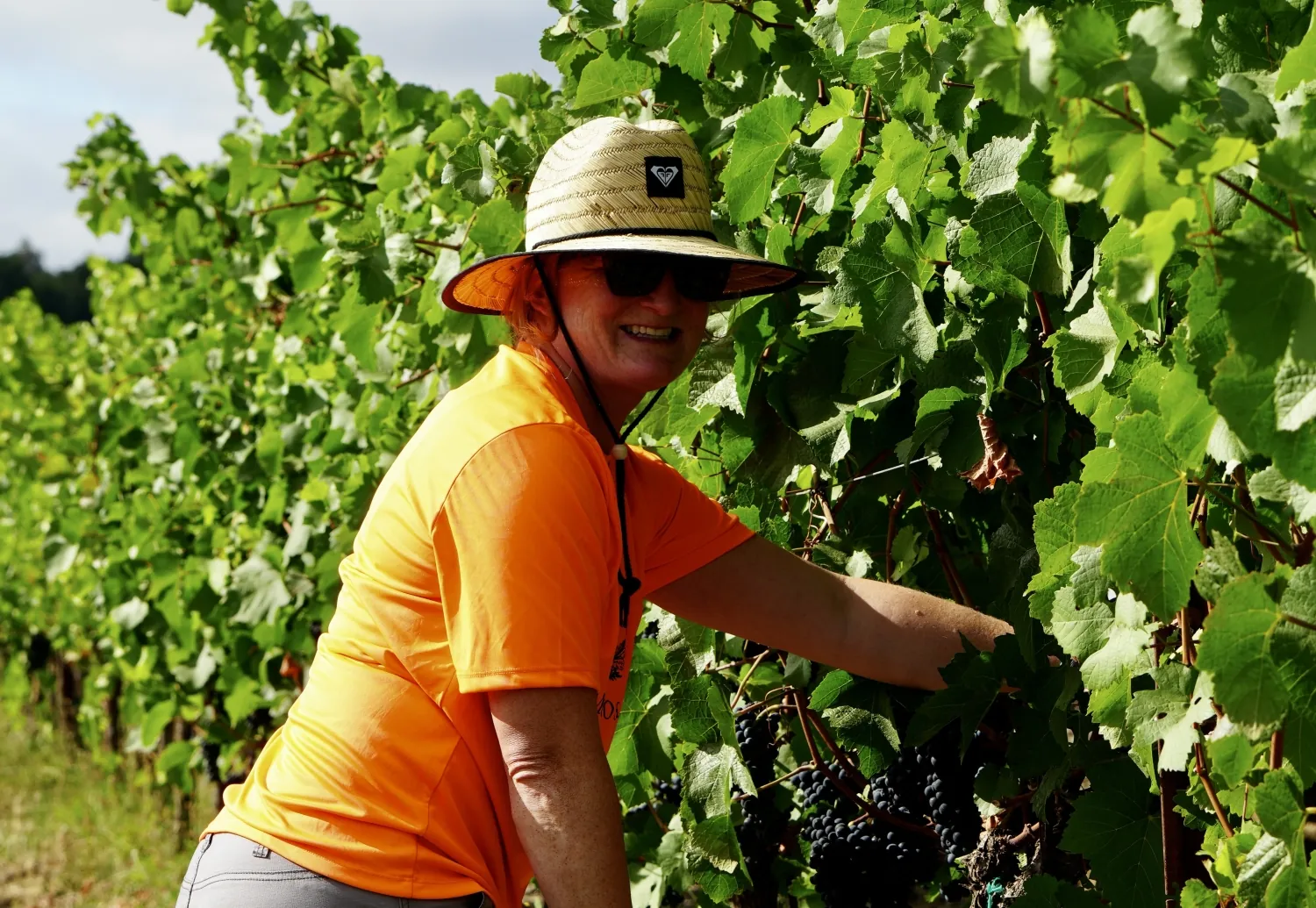Rockstar winemaker Heidi Bridenhagen was featured in the article, “This Sonoma winemaker is testing the limits of spreadsheets in the pursuit of great Pinot Noir” on the San Francisco Chronicle website written by Sara Schneider!
Big congratulations to Heidi for a well-deserved spotlight on her career!
“This Sonoma winemaker is testing the limits of spreadsheets in the pursuit of great Pinot Noir”
San Francisco Chronicle website
September 25, 2023
Sara Schneider
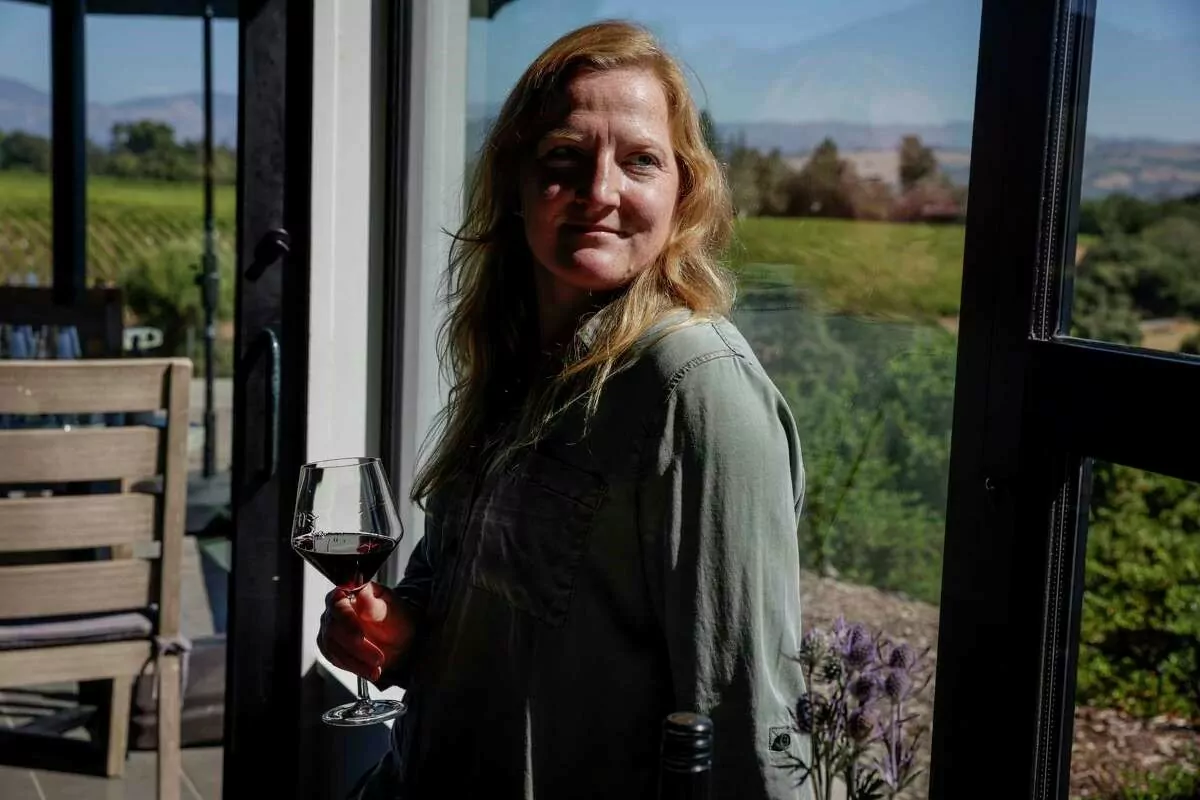
Brontë Wittpenn/The Chronicle
“Heidi Bridenhagen wasn’t the first undergraduate with a vague notion of medical school or the biotech industry to choose cellar boots in the end. There’s no shortage of overlap for all that science in the real worlds of medicine, biotech or winemaking.
But Bridenhagen’s 12-year tenure at Sonoma’s MacRostie Winery and Vineyards — first as assistant winemaker, shortly thereafter as winemaker — has supplied a singular chance to apply an inquisitive scientific mind to new programs for an already-iconic producer, building on founder Steve MacRostie’s reputation for distinctive Chardonnay. In lining up new fruit sources, designing a new production facility, and even mapping out a new vineyard, she has brought Pinot Noir into focus, especially. The result — through a cartographer’s delight of tiny blocks in that vineyard, and a spreadsheet-busting number of small fermenters in the winery — is complex versions of the Burgundian variety dialed in tightly to some of Sonoma’s coolest terroir (in both senses of the word).
Bridenhagen’s journey from a teetotaling Wisconsin background to precision Sonoma winemaking was equal parts childhood influence, serendipity and eagerness to dive into opportunity.
“What I realized when I finished school, is that I didn’t want to go back to school,” said Bridenhagen, whose parents, in the landscaping business, instilled a love of the outdoors and plants. “And I didn’t want to be stuck in a lab all day.”

Brontë Wittpenn/The Chronicle
So she gathered her hard-earned college-restaurant-server funds and decamped to Europe — France, Italy, Spain, Germany — for a year. Wine wasn’t the draw, but it was her love when she returned.
A weekend jaunt to Sonoma, on a visit to see her sister in California soon after, launched her career. On hearing her story, a lab manager at Kendall-Jackson said, “You know, we’re hiring scientists for our lab for the harvest.”
“I was, like, ‘sign me up!’” said Bridenhagen. “I did the 2007 harvest, and I just fell in love.”
It was in 2011, after an immersive stint alongside winemakers Michael Schroeter and Cara Morrison at Sonoma-Cutrer, that Steve MacRostie tapped Bridenhagen to be his assistant winemaker, just as he was looking beyond his Wildcat Mountain Vineyard, a high-elevation, windy icon on the edge of Carneros.
“We knew dark-fruited, black tea spice, elegant Pinot Noirs could be made in Russian River Valley,” she said. She “wanted to bring in vineyard sourcing that could make a different style” from the more red-fruited Wildcat Mountain. Familiar with the territory, she was poised to partner with pioneering families — the Duttons, the Sangiacomos and the Martinellis, among others — to expand MacRostie’s vineyard-designate portfolio.
It’s a rare Sonoma Pinot producer, of course, who isn’t chasing edgy, cooler fruit sources in western Sonoma County. MacRostie is all in today, with about 12 single-vineyard Pinot Noirs and eight Chardonnays every year. But not long after she was named head winemaker, in 2013, Bridenhagen was given the chance to design a production facility matched to her winemaking ethos (detail, detail, detail), on a new 13-acre Westside Road estate vineyard, named after Steve MacRostie’s wife, Thale.
As Bridenhagen describes it, she designed a hundred-ton winery (unveiled in 2015) to do a hundred-plus fermentations. “I want different palate expressions,” she said. “Instead of just making one thing, you’re breaking snapshots even tighter, to layer in the end.”
Beyond the small fermenters, the facility is short on bells and whistles. “It’s not very complicated,” she said. “What I did give myself is a lot of temperature control, because that’s one of the only points of control a winemaker has once fermentation starts.”
Those rows of small fermenters have been called into service to amplify the latest tool in Bridenhagen’s evolution of MacRostie’s Pinot Noir program: the 74-acre Nightwing Vineyard in the Petaluma Gap American Viticultural Area (AVA). Vine-free when Steve MacRostie signed a 30-year lease on the land, Nightwing was a blank slate.
The team dug some 20 soil pits to inform mapping out small parcels in the varied terrain, with elevations from 800 to 1,300 feet. They matched rootstocks to soils, clones to rootstocks, changing up combinations to discover and capture the best of the motherlode of diversity.
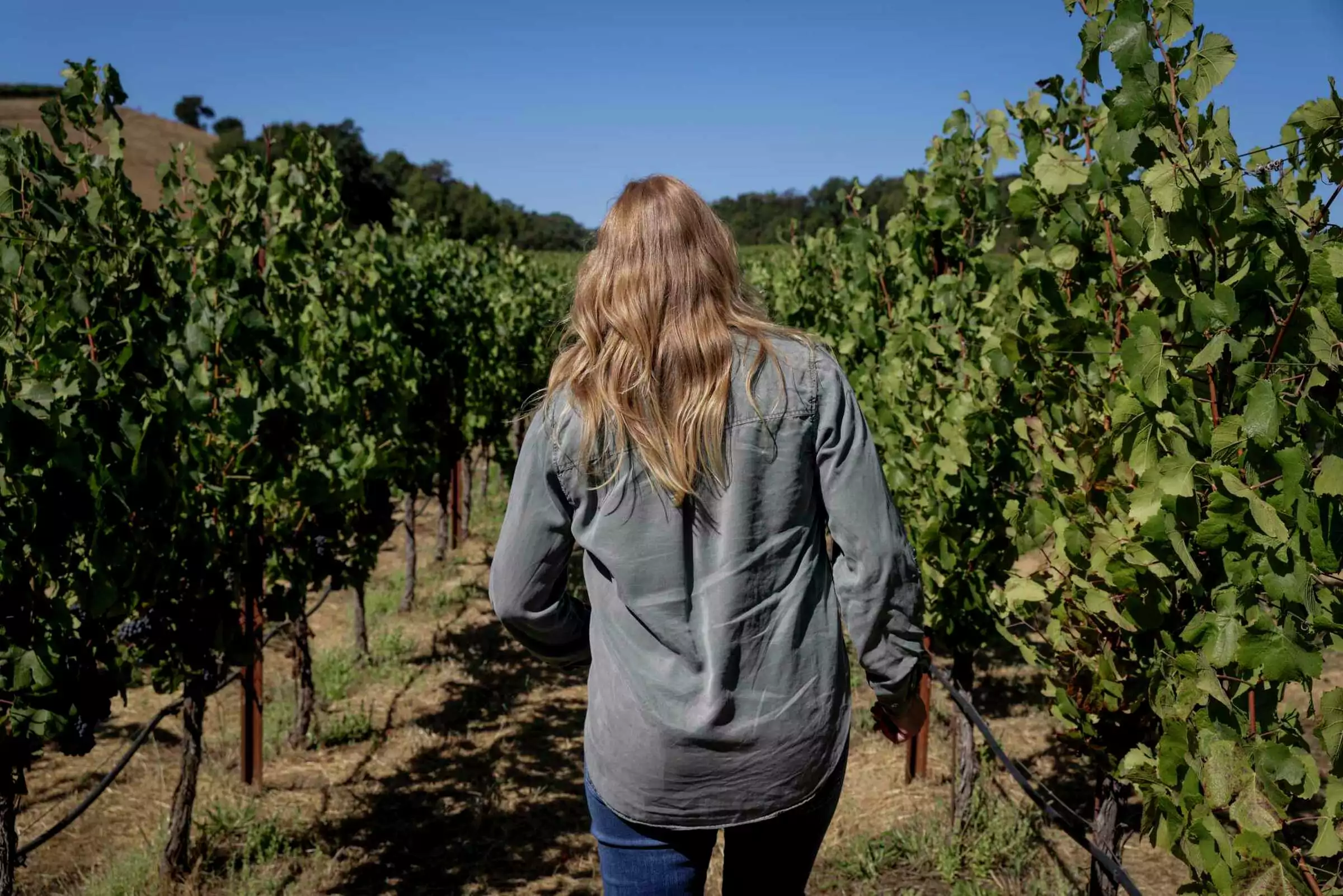
Brontë Wittpenn/The Chronicle
“It’s not just one vineyard,” said Bridenhagen. “It’s like 10 vineyards, with different aspects, clones and soils” across the 35 blocks they laid out in the end.
The 2021 Pinot Noir, available now, is the first red off of Nightwing. Its exceptionally expressive nose is perfumed with florals and earthy forest floor aromas, followed by a complex palate layered with pretty dark cherry and berry fruit, dried herb flavors, and the texture of robust tannins — an exotic promise from an inaugural vintage.
The experiments continue. There are block-by-block pruning trials, row-by-row watering, fertilizing routines — all in pursuit of the most focused components possible to layer into the new terroir Bridenhagen has at her fingertips to express.
MacRostie himself couldn’t be happier with where Bridenhagen is taking the brand he founded 36 years ago. “She has further cemented the status of our Chardonnays as Sonoma County benchmarks,” he said, “while building our Pinot Noir program into something remarkable.”



